Home>Articles>How To Build Outdoor Wooden Steps To Spruce Up Your Entry
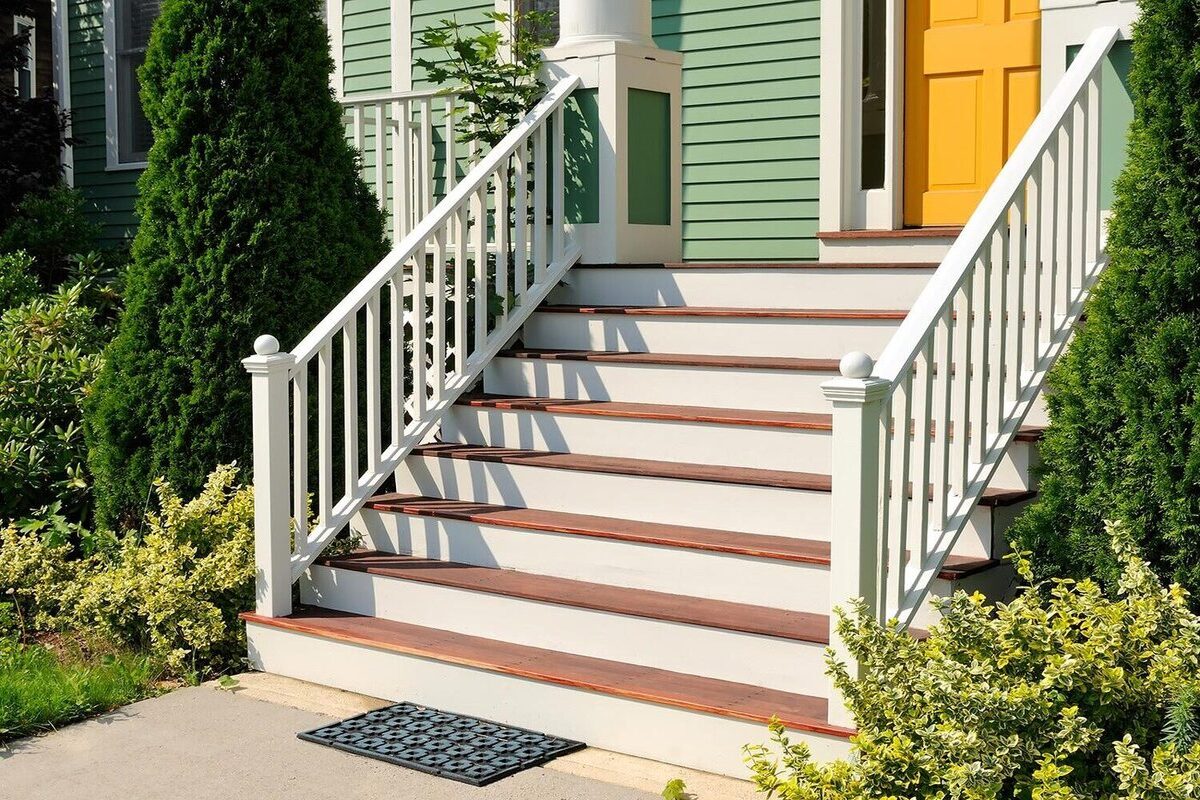

Articles
How To Build Outdoor Wooden Steps To Spruce Up Your Entry
Modified: January 6, 2024
Learn how to build outdoor wooden steps with this informative articles. Spruce up your entryway with these easy-to-follow instructions.
(Many of the links in this article redirect to a specific reviewed product. Your purchase of these products through affiliate links helps to generate commission for Storables.com, at no extra cost. Learn more)
Introduction
Welcome to our guide on how to build outdoor wooden steps to spruce up your entry! A beautiful set of steps can dramatically enhance the curb appeal of your home and provide a safe and convenient way to access your porch, patio, or garden. Whether you are a seasoned DIY enthusiast or a beginner, this step-by-step tutorial will walk you through the process of building your own wooden steps.
Building outdoor wooden steps may seem like a daunting task, but with the right tools, materials, and a little bit of planning, it can be a rewarding project that you can complete over a weekend. Not only will you save money by doing it yourself, but you’ll also have the satisfaction of seeing your own handiwork every time you walk up to your front door.
Before we dive into the details, it’s important to note that safety should be your top priority. Always wear protective gear, such as work gloves and safety glasses, and follow all recommended safety precautions.
In this guide, we will cover everything you need to know to build outdoor wooden steps, from gathering materials and tools to adding the finishing touches. So, let’s get started on creating a stunning and functional entryway for your home!
Key Takeaways:
- Building outdoor wooden steps is a rewarding DIY project that enhances your home’s curb appeal and functionality. Follow the step-by-step guide for a safe, durable, and visually appealing entrance.
- Prioritize safety, gather the right materials and tools, and pay attention to detail from measuring and marking the location to adding finishing touches. Enjoy the satisfaction of creating your own stunning entryway!
Read more: How To Paint Outdoor Wooden Steps
Step 1: Gather Materials and Tools
Before you begin building your outdoor wooden steps, it’s essential to gather all the necessary materials and tools. Having everything on hand will make the process smoother and more efficient. Here’s a list of what you’ll need:
- Pressure-treated lumber: Choose pressure-treated lumber for its durability and resistance to rot and decay. The amount will depend on the number of steps and the dimensions you want.
- Concrete mix: You’ll need concrete to create a solid foundation for your steps.
- Gravel and sand: These materials will be used to level the ground and prepare the foundation.
- Metal post anchors: Post anchors will secure the wooden posts to the ground.
- Galvanized screws: Opt for galvanized screws that are resistant to rust and corrosion. These will be used to attach the various components of the steps.
- Stringers: Stringers are the sloped boards that support the treads and risers. You can purchase pre-cut stringers or make them yourself.
- Treads and risers: Treads are the steps that you walk on, while risers are the vertical boards between the treads. Calculate the number of treads and risers based on the height of your steps.
- Handrails: Depending on your local building codes and personal preference, you may need handrails for safety. Decide on the type of handrail that suits your style and budget.
- Level, measuring tape, and carpenter’s square: These basic tools are essential for ensuring accurate measurements and level installation.
- Circular saw or handsaw: A saw will be used to cut the lumber to the desired lengths.
- Drill and drill bits: You’ll need a drill to pre-drill holes and drive screws into the wood.
- Shovel and digging tools: These tools will help you dig the foundation holes and prepare the ground.
- Wheelbarrow or mixing tub: A wheelbarrow or mixing tub will come in handy for mixing concrete and carrying materials.
Once you have gathered all the necessary materials and tools, you’ll be ready to move on to the next step: measuring and marking the location of your outdoor wooden steps. So, let’s get started!
Step 2: Measure and Mark the Location
Once you have all your materials and tools ready, the next step is to measure and mark the location where you’ll be building your outdoor wooden steps.
Start by determining the desired width and height of your steps. The width should be wide enough to comfortably accommodate foot traffic without feeling cramped. Typically, a width of around 36 inches is ideal for outdoor steps.
Next, measure the total height from the ground to the top of the landing or porch where your steps will connect. This measurement will determine the number of steps you’ll need. Keep in mind that the height of each step should be consistent to ensure safety and ease of use.
Once you have your measurements, use a measuring tape and a carpenter’s square to transfer them onto the ground. Mark the starting point and ending point of your steps, ensuring that they are level and square with the surrounding area.
You can use wooden stakes or spray paint to mark the outlines of your steps. This will serve as a guide for digging the foundation holes and laying out the construction of your steps.
It’s also important to consider the slope of the ground and the overall accessibility of the area. If your front yard has a significant slope, you may need to adjust the height and number of steps accordingly or consider adding a landing halfway for convenience.
Before proceeding to the next step, double-check your measurements and make any necessary adjustments. It’s crucial to have accurate measurements and a well-marked location to ensure the successful construction of your outdoor wooden steps.
Now that you have measured and marked the location, it’s time to move on to the next step: digging the foundation holes. Stay tuned!
Step 3: Dig the Foundation Holes
With the location marked, it’s time to dig the foundation holes for your outdoor wooden steps. The foundation holes provide stability and support for the steps, ensuring they remain securely in place.
Start by using a shovel and digging tools to excavate the foundation holes. The number of holes will depend on the width of your steps and the number of stringers you plan to use. Typically, you’ll need a hole at each end and additional holes evenly spaced along the width of the steps.
The depth of the foundation holes should be below the frost line in your area. Frost can cause the ground to shift and potentially damage your steps if not properly installed. Check with your local building codes or consult a professional to determine the appropriate depth for your region.
As you dig the holes, periodically check their depth and use a level to ensure they are even. This will help ensure that your steps are level and safe to use. Remove any rocks, roots, or debris from the holes to create a clean and stable foundation.
Once the holes are dug to the appropriate depth and level, it’s time to prepare them for concrete. Line the bottom of each hole with a few inches of gravel. This will promote drainage and prevent water accumulation that could weaken the foundation over time.
Next, mix the concrete according to the manufacturer’s instructions in a wheelbarrow or mixing tub. Fill each foundation hole with the concrete mixture, making sure it reaches the desired height. Use a shovel or a piece of scrap wood to compact the concrete and remove any air pockets.
For added stability, consider inserting a metal post anchor into each foundation hole before pouring the concrete. This will provide a secure connection between the wooden posts and the foundation, ensuring the steps remain sturdy and level.
Allow the concrete to cure and harden as recommended by the manufacturer. This will usually take a few days. During this time, avoid placing any weight on the concrete and protect it from extreme temperatures or heavy rain.
With the foundation holes dug and the concrete poured, you’re now ready to move on to the next step: preparing the ground for your outdoor wooden steps. Stay tuned for more!
Step 4: Prepare the Ground
After the foundation holes have been dug and the concrete has cured, it’s time to prepare the ground for your outdoor wooden steps. Proper ground preparation will ensure a stable and level base for your steps.
Start by removing any grass, plants, or debris from the area where the steps will be installed. Use a shovel or a garden rake to clear the surface and create a clean workspace.
Next, check the levelness of the ground. Ideally, the ground should be level, but if there are slight variations, you can make adjustments by adding or removing soil. The goal is to create a flat and even surface for the steps to rest on.
If the ground is uneven or slopes, you may need to use a tamper to compact the soil and create a more stable foundation. Repeat this process until the ground is level and compacted.
Once the ground is prepared, you can lay down a layer of landscape fabric or geotextile fabric on top of the ground. This will prevent weed growth and help with drainage. Trim the fabric to fit the area of your steps.
Next, spread a layer of sand or gravel on top of the fabric. The sand or gravel will further level and stabilize the ground. Use a rake or a shovel to spread it evenly and create a smooth surface.
Using a level, check the levelness of the sand or gravel layer. Make adjustments as necessary to ensure a level surface for your steps. This will play a crucial role in the stability and overall appearance of your finished steps.
With the ground properly prepared, you’re now ready to move on to the next step: setting the posts for your outdoor wooden steps. Stay tuned for more instructions on how to complete your project!
Step 5: Set the Posts
With the ground prepared, it’s time to set the posts for your outdoor wooden steps. The posts will provide the structural support for the steps and ensure their stability.
Start by placing a post anchor into each of the foundation holes you previously prepared. The post anchor should fit securely and be level with the ground. This will serve as the connection point between the wooden posts and the foundation.
Next, place a pressure-treated wooden post into each post anchor. The height of the posts should correspond to the desired height of your steps and the measurements you made earlier. Use a level to ensure the posts are plumb and adjust as necessary.
Once the posts are in place and properly aligned, fill the post anchors with concrete. Make sure to fully cover the anchor and the base of the wooden posts. Use a shovel or a trowel to smooth the surface of the concrete and remove any excess.
Allow the concrete to cure and harden as recommended by the manufacturer. This usually takes a few days. During this time, avoid placing any weight on the posts and protect them from extreme weather conditions.
After the concrete has fully cured, check the posts one more time to ensure they are secure and level. If necessary, make any adjustments before moving on to the next step.
Setting the posts is a critical step in the construction of your wooden steps, as it provides the foundation and structural integrity for the entire project. Take your time in this step to ensure everything is properly aligned and secure.
Now that the posts are set, we can move on to the next step: installing the stringers, which will support the treads and risers of your outdoor wooden steps. Stay tuned for detailed instructions in the next step!
When building outdoor wooden steps, make sure to use pressure-treated lumber to prevent rot and decay. Additionally, apply a weatherproof sealant to protect the wood from the elements.
Step 6: Install the Stringers
With the posts securely set, it’s time to move on to installing the stringers for your outdoor wooden steps. The stringers are the angled supports that will hold the treads and risers in place.
Begin by measuring and cutting the stringers to the appropriate length. The stringers should extend from the top of the landing or porch to the bottom of the steps. Use a circular saw or a handsaw to make clean and accurate cuts.
Position the stringers against the posts, ensuring they are evenly spaced and aligned. Use a level to ensure that the stringers are plumb and adjust as necessary. The stringers should be attached to the posts using galvanized screws or other recommended fasteners.
Before securing the stringers in place, it’s important to determine the number of treads and risers needed for your steps. This will depend on the height of your steps and your desired spacing. Measure and mark the locations for each tread and riser on the stringers.
Attach the treads and risers to the stringers using galvanized screws or nails. Start at the bottom of the steps and work your way up. Make sure to check the levelness of each tread and the vertical alignment of each riser as you go.
For added stability, consider adding blocking between the stringers. This involves adding short pieces of lumber between each stringer, creating additional support for the treads and risers. Secure the blocking in place using screws or nails.
Once all the treads and risers are installed, double-check their alignment and levelness. Make any necessary adjustments before moving on to the next step.
Installing the stringers is a critical step in creating sturdy and safe outdoor wooden steps. Take the time to ensure precise measurements, accurate cuts, and proper alignment to achieve the best results.
Now that the stringers are in place, we can move on to the next step: attaching the treads, the part of the steps that you will actually be walking on. Stay tuned for detailed instructions in the next step!
Step 7: Attach the Treads
With the stringers securely in place, it’s time to attach the treads to complete your outdoor wooden steps. The treads are the horizontal steps that you will walk on, and they provide stability and support.
Start by measuring and cutting the treads to the desired length. Each tread should fit snugly between the stringers, with a slight overhang on each side for a polished look. Use a circular saw or handsaw to make clean and accurate cuts.
Place the first tread at the bottom of the steps, ensuring it is level and aligned with the stringers. Use a level and a measuring tape to double-check the placement. Attach the tread to the stringers using galvanized screws or nails, driving them through the tread and into the stringers.
Continue attaching the remaining treads in the same manner, working your way up the steps. Make sure each tread is level and properly aligned before securing it in place. Use a level and a measuring tape as needed to ensure accuracy.
For added support and to prevent any potential sagging, consider installing an additional brace underneath the middle of each tread. This can be done by attaching a piece of lumber perpendicular to the stringers and directly beneath the tread.
After all the treads are attached, check for any gaps or unevenness. Use a sander or a hand plane to smooth out any rough edges and ensure a uniform finish.
With the treads securely in place, take a moment to walk up and down the steps to test their stability. Make any necessary adjustments to ensure a solid and safe structure.
Congratulations! You have successfully attached the treads to your outdoor wooden steps. These are the steps that you will be walking on, so it’s important to ensure they are securely fastened and level.
Now that the treads are in place, let’s move on to the next step: securing the handrails for added safety and support. Stay tuned for detailed instructions in the next step!
Step 8: Secure the Handrails
Adding handrails to your outdoor wooden steps is not only a safety measure but also enhances the overall aesthetics of your stairs. Handrails provide stability and support as you ascend or descend the steps.
There are various options for handrails, including pre-made wooden or metal handrails that you can purchase from a home improvement store, or you can choose to build your own custom handrails.
Start by measuring and cutting the handrails to the desired length. The handrails should extend from the top of the stairs to a few inches beyond the last step. Use a circular saw or handsaw to make clean and accurate cuts.
Position the handrails on top of the stringers, ensuring they are level and aligned with the treads. Use a level and measuring tape to double-check their placement. The handrails should extend slightly beyond the top and bottom steps for a secure grip.
Once you are satisfied with the position of the handrails, attach them to the stringers using galvanized screws or nails. Drive the fasteners through the handrails and into the stringers, making sure they are securely fastened.
To further reinforce the handrails, consider adding additional supports underneath. These supports can be vertical posts or diagonal braces that offer extra stability. Attach them to the stringers and handrails using galvanized screws or nails.
After the handrails are securely attached, give them a firm shake to test their stability. They should feel sturdy and not wobble or give way. Make any necessary adjustments or reinforcement to ensure the handrails are safe and reliable.
Once the handrails are properly secured, take a moment to walk up and down the steps while holding onto the handrails. Ensure they provide a comfortable grip and support your weight effectively.
Congratulations! You have successfully secured the handrails to your outdoor wooden steps. The handrails add an important safety feature to your stairs and complete the overall look and functionality of your outdoor steps.
Now that the handrails are installed, we can move on to the final step: adding the finishing touches to your beautiful outdoor wooden steps. Stay tuned for detailed instructions in the next step!
Read more: How To Build An Outdoor Step
Step 9: Add Finishing Touches
As you near the completion of your outdoor wooden steps, it’s time to add the finishing touches to make them truly shine. These final details will enhance the appearance and longevity of your steps.
Start by inspecting the entire set of steps and make sure all screws, nails, and fasteners are tightened. Replace any loose or damaged hardware to ensure the steps are secure and sturdy.
If desired, you can choose to apply a protective finish to your wooden steps. This will help protect them from the elements and extend their lifespan. Select a finish that is suitable for outdoor use, such as a clear sealant or a weather-resistant paint.
Prior to applying the finish, make sure the steps are clean and free from dirt, debris, and dust. Use a broom or a brush to sweep away any loose particles. If necessary, use a pressure washer or a mild detergent to wash the steps and let them dry completely.
Once the steps are clean and dry, apply the chosen finish according to the manufacturer’s instructions. Use a brush, roller, or sprayer to evenly coat the surfaces of the steps. Apply multiple coats if necessary, ensuring each coat has dried before applying the next.
As the finish dries, take this opportunity to inspect the treads, risers, and handrails for any rough edges or splinters. Use sandpaper or a sander to smooth out any imperfections and create a safe and comfortable surface.
To further enhance the appearance of your outdoor wooden steps, consider adding decorative elements such as potted plants, solar-powered lights, or outdoor stair mats. These additions will add a personal touch and make your steps more inviting and welcoming.
Lastly, take a step back and admire your handiwork. You have successfully built and completed your own outdoor wooden steps! Your hard work and attention to detail have resulted in a beautiful and functional addition to your home.
Remember to perform regular maintenance on your steps, such as cleaning, inspecting for any signs of wear or damage, and applying a fresh coat of finish as needed. Doing so will ensure the longevity and beauty of your outdoor wooden steps for years to come.
Congratulations on completing your outdoor wooden steps project!
Thank you for following along with our guide. We hope you found it helpful and inspiring. If you have any questions or need further assistance, don’t hesitate to reach out. Enjoy your new outdoor wooden steps!
Conclusion
Building your own outdoor wooden steps is a rewarding project that can enhance the beauty and functionality of your home’s entryway. With the right materials, tools, and a clear step-by-step guide, you can successfully create a set of steps that are not only visually appealing but also safe and durable.
Throughout this guide, we covered the essential steps to help you build your outdoor wooden steps. From gathering the materials and tools to adding the finishing touches, each step played a crucial role in creating a sturdy and attractive set of steps.
By measuring and marking the location, digging the foundation holes, preparing the ground, setting the posts, installing the stringers, attaching the treads, securing the handrails, and adding finishing touches, you have taken the necessary steps to create a beautiful entrance to your home.
It’s important to remember that safety should always be a priority during the construction process. Take the time to wear protective gear, follow recommended safety precautions, and regularly inspect your steps for any signs of wear or damage.
Now that you have completed your outdoor wooden steps, take the time to enjoy your accomplishment. Whether you use them daily or occasionally, they will provide you and your guests with safe and convenient access to your porch, patio, or garden.
We hope this guide has provided you with valuable insights and inspiration for your outdoor wooden steps project. Remember to personalize your steps to reflect your own sense of style and taste. Add plants, lighting, or other decorative elements to make them uniquely yours.
If you have any questions or need further assistance, don’t hesitate to reach out. Happy building, and may your new outdoor wooden steps bring joy and function to your home for years to come!
Frequently Asked Questions about How To Build Outdoor Wooden Steps To Spruce Up Your Entry
Was this page helpful?
At Storables.com, we guarantee accurate and reliable information. Our content, validated by Expert Board Contributors, is crafted following stringent Editorial Policies. We're committed to providing you with well-researched, expert-backed insights for all your informational needs.
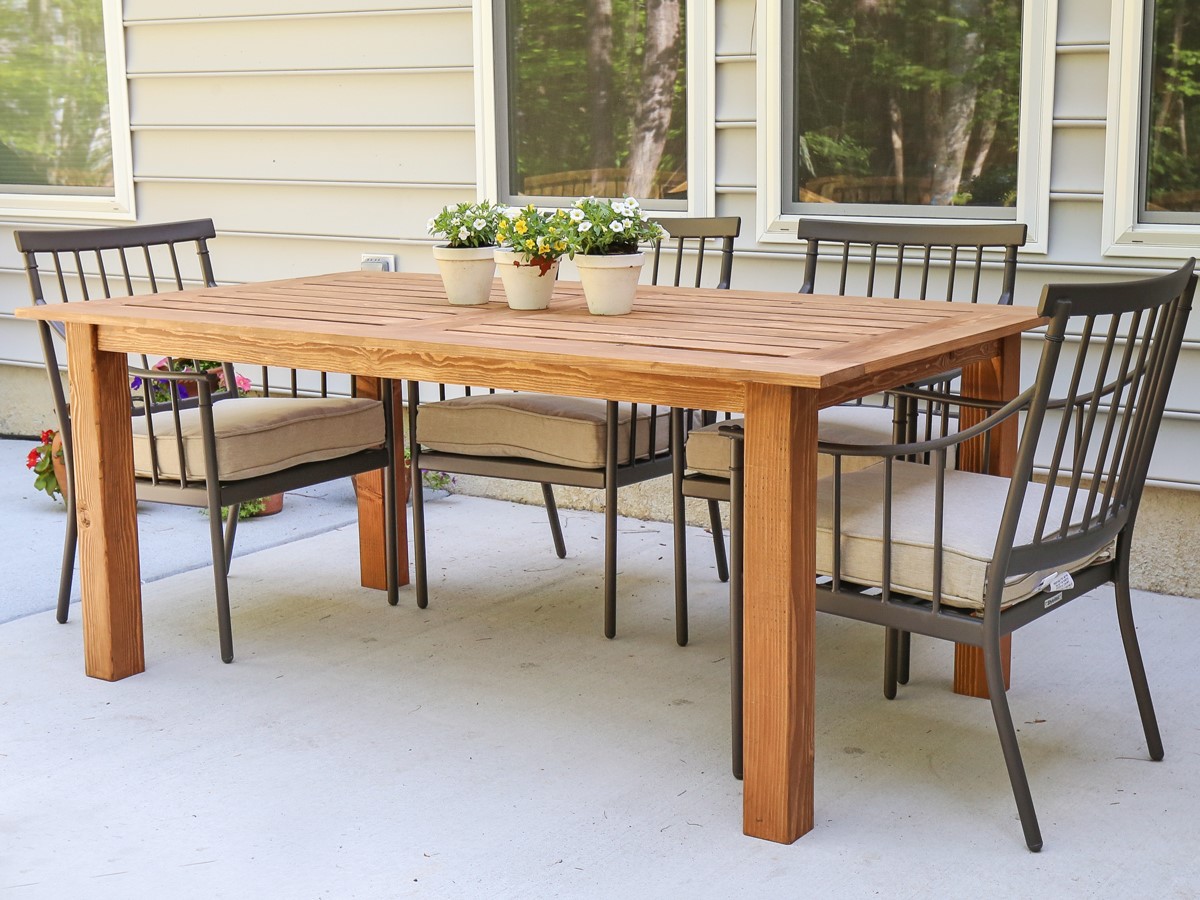
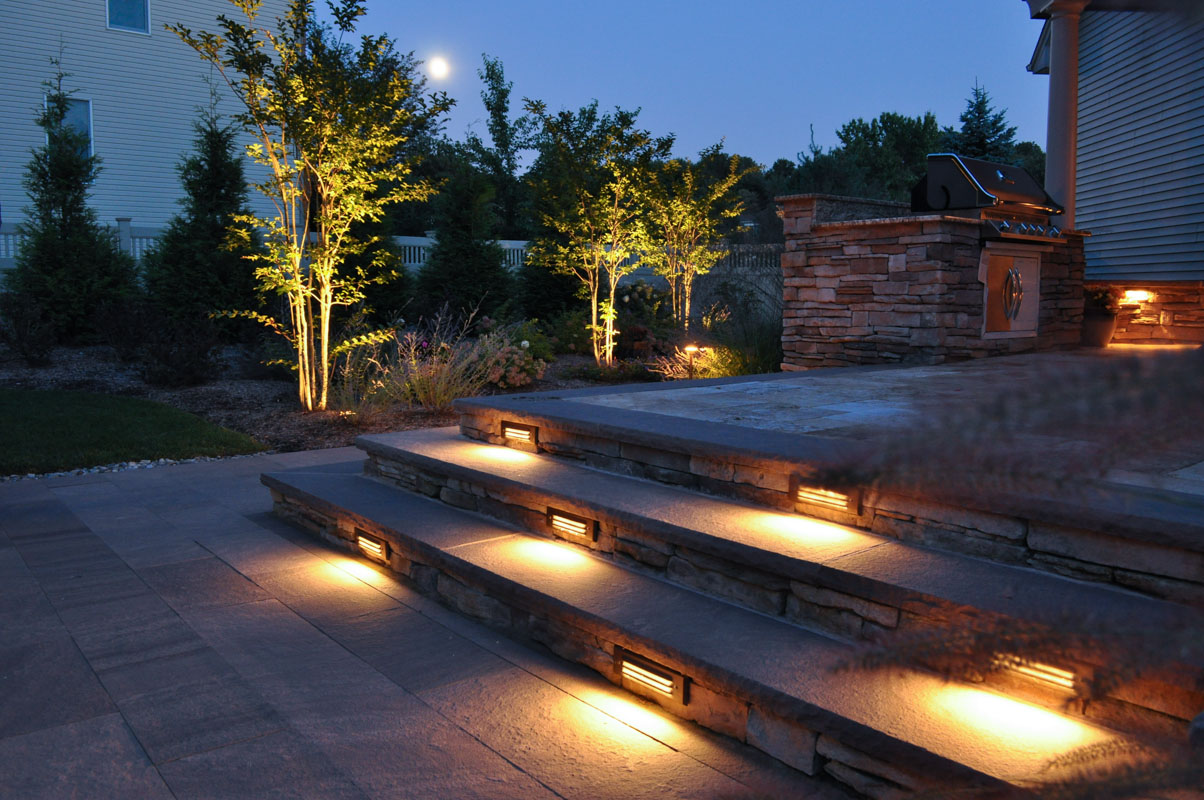
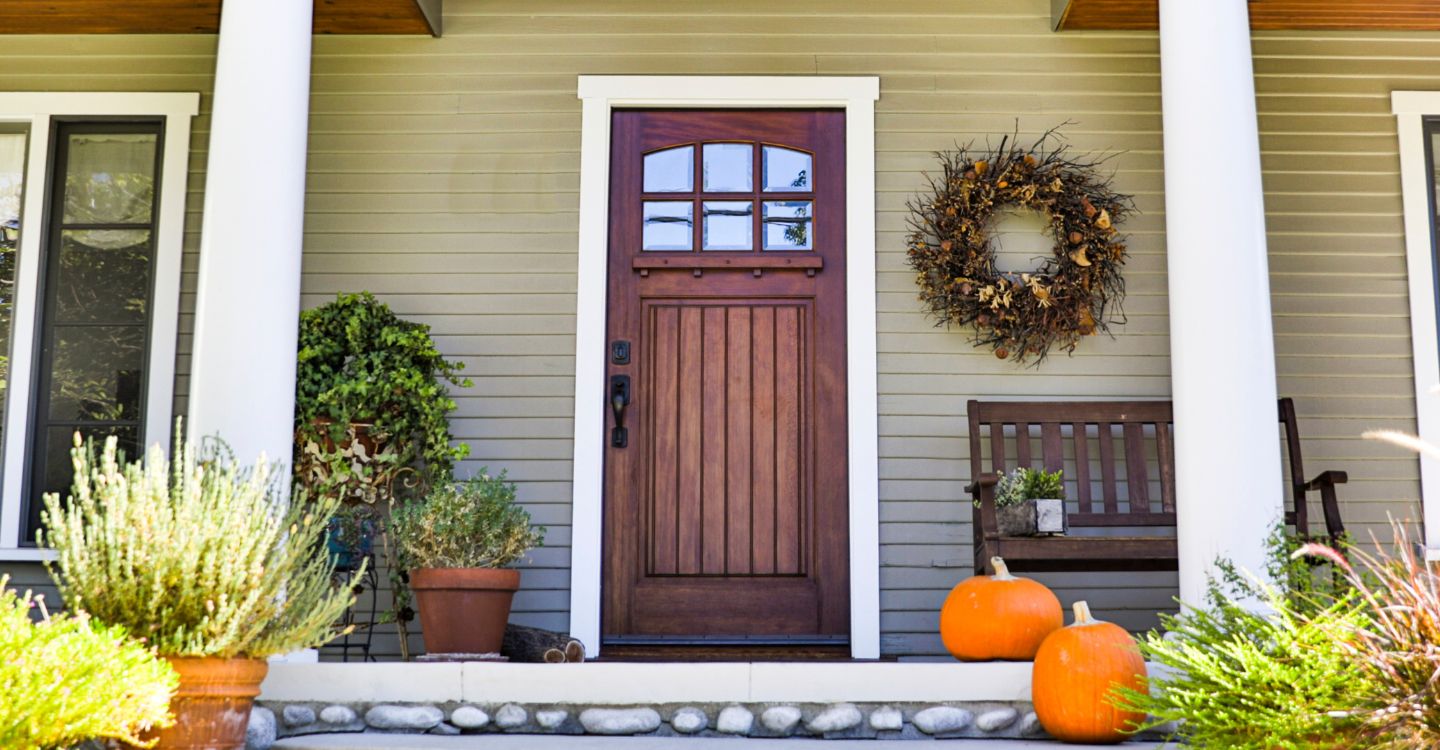

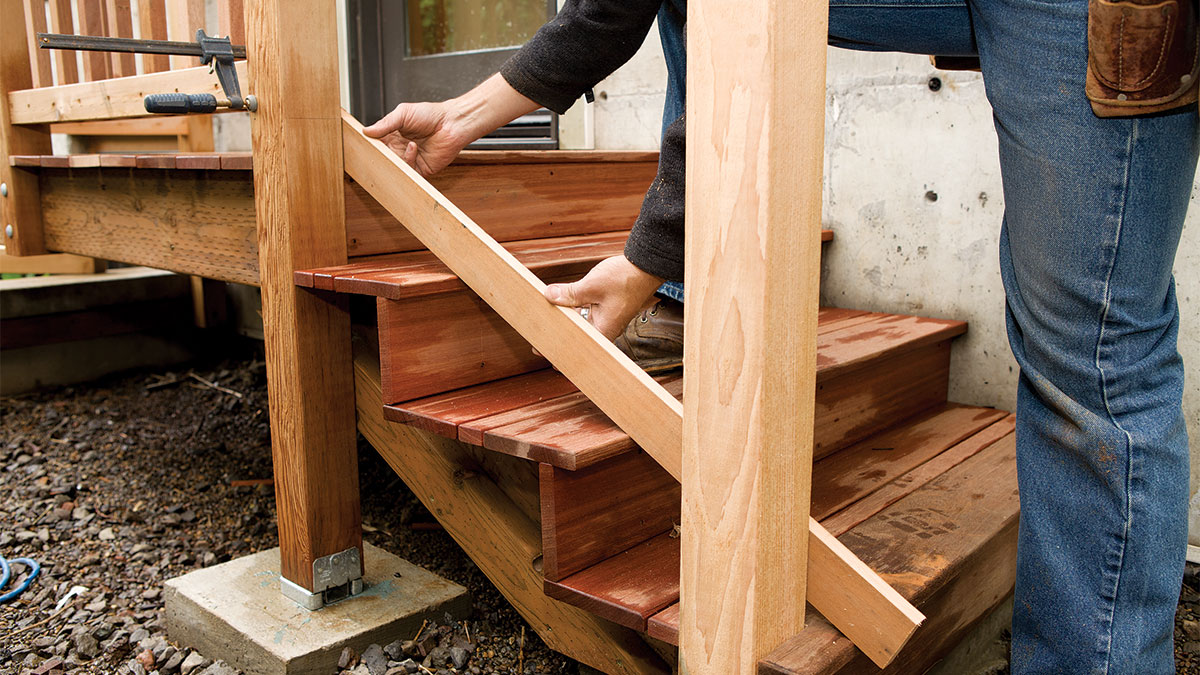
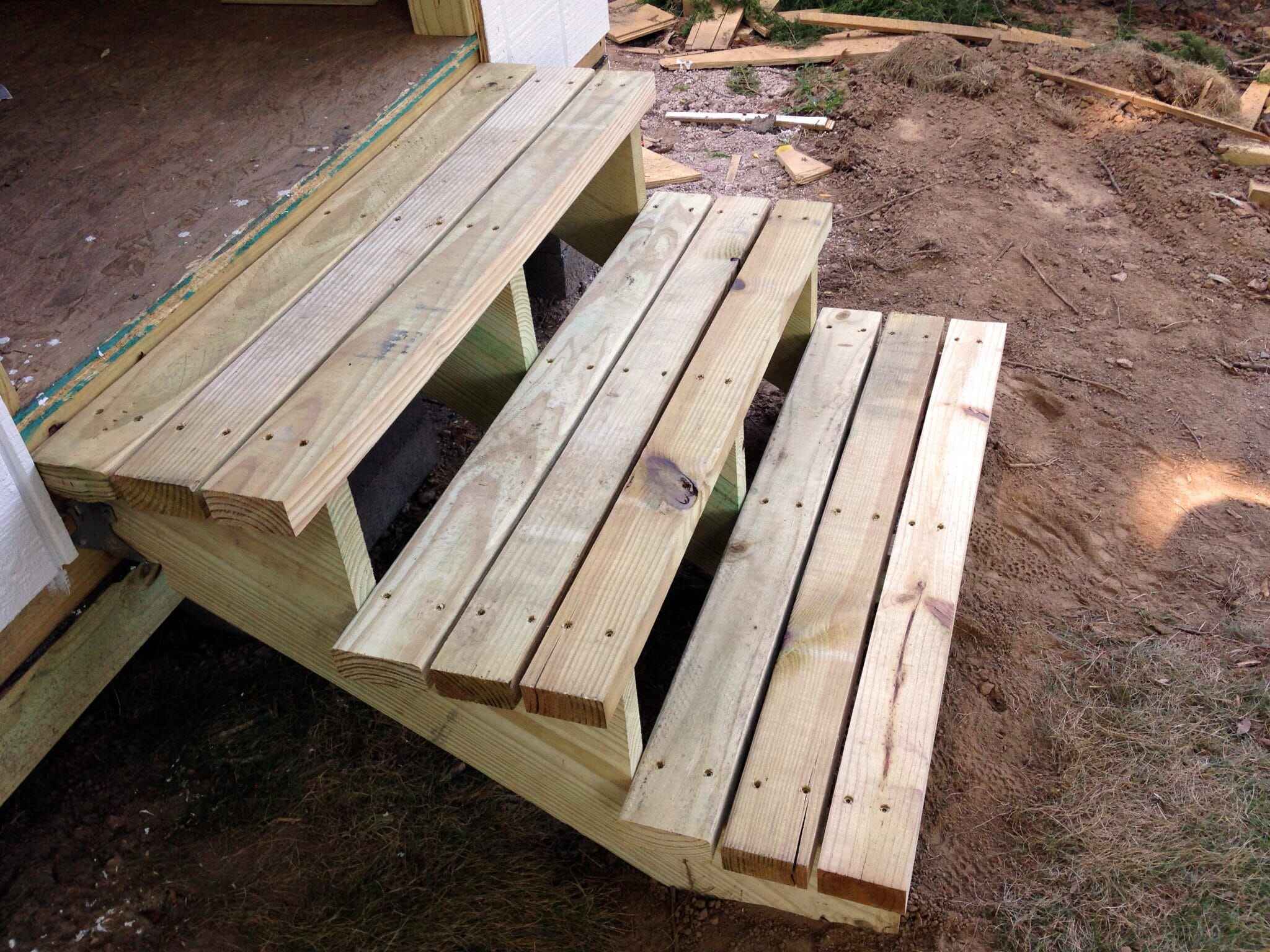
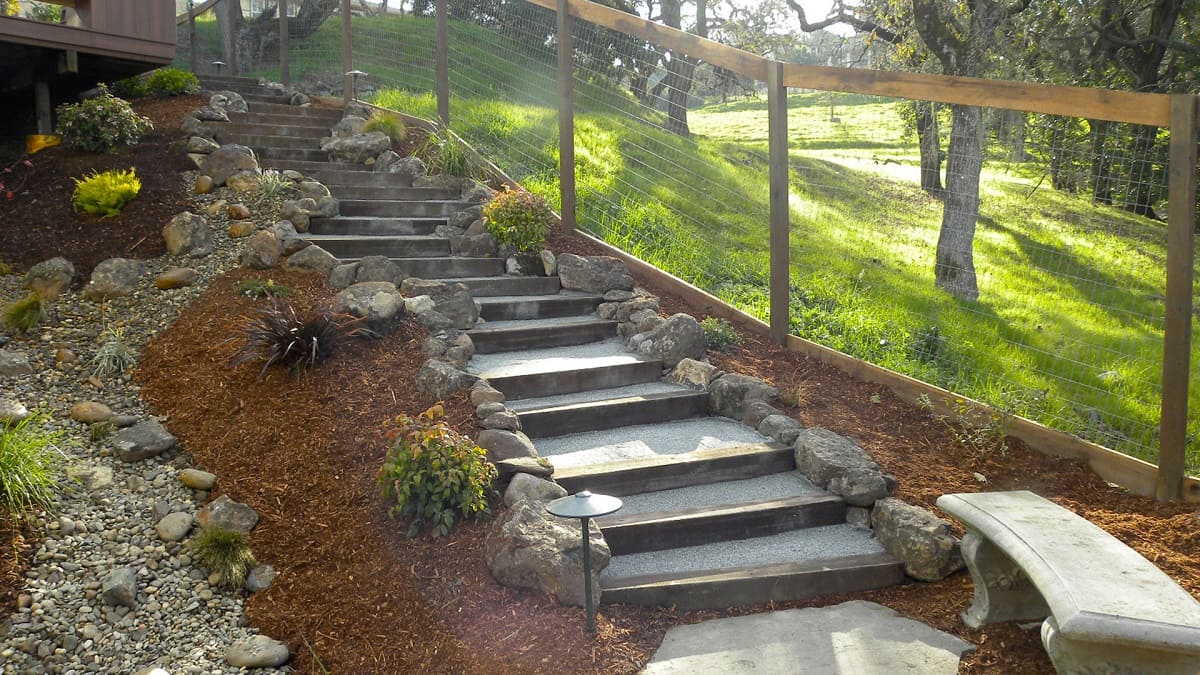

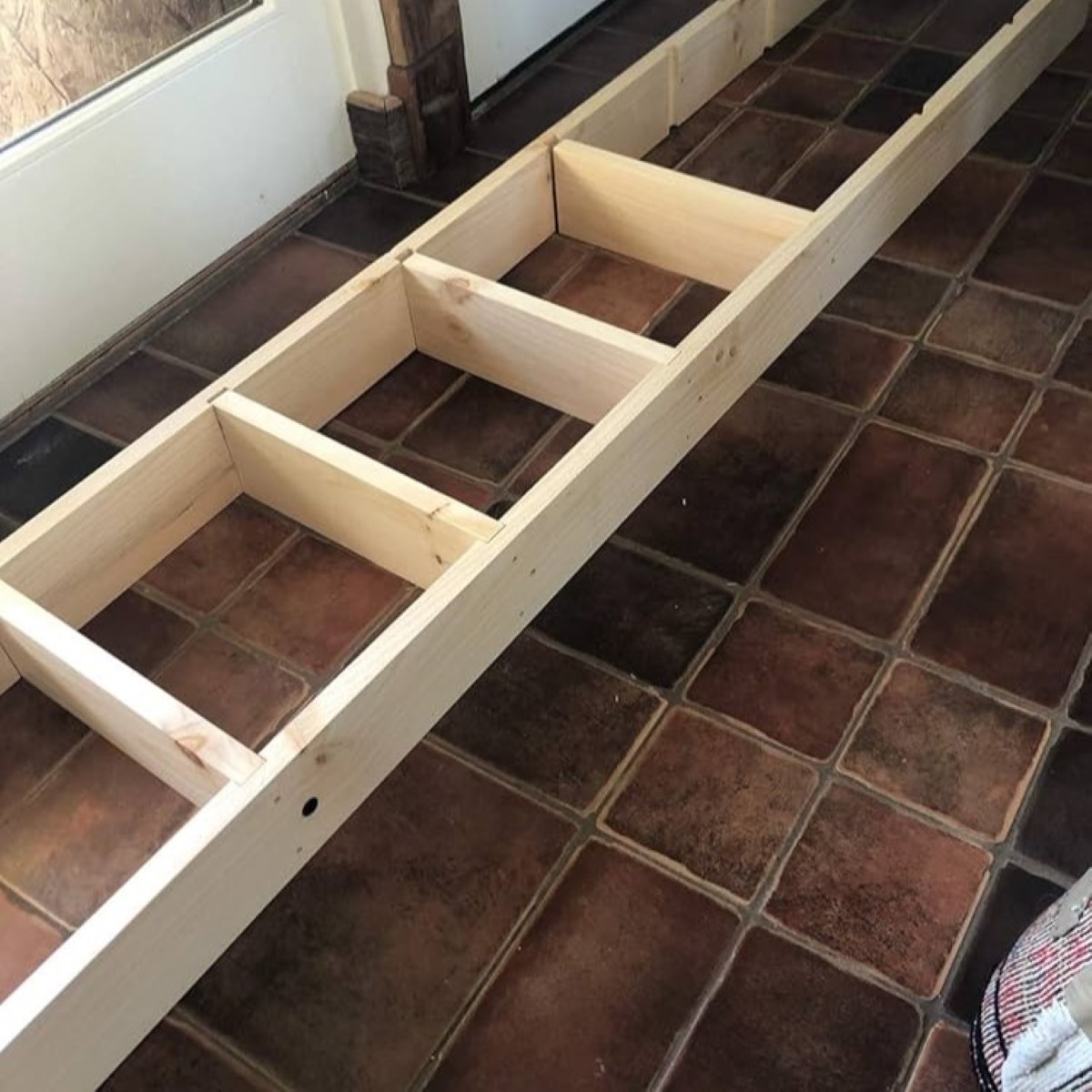

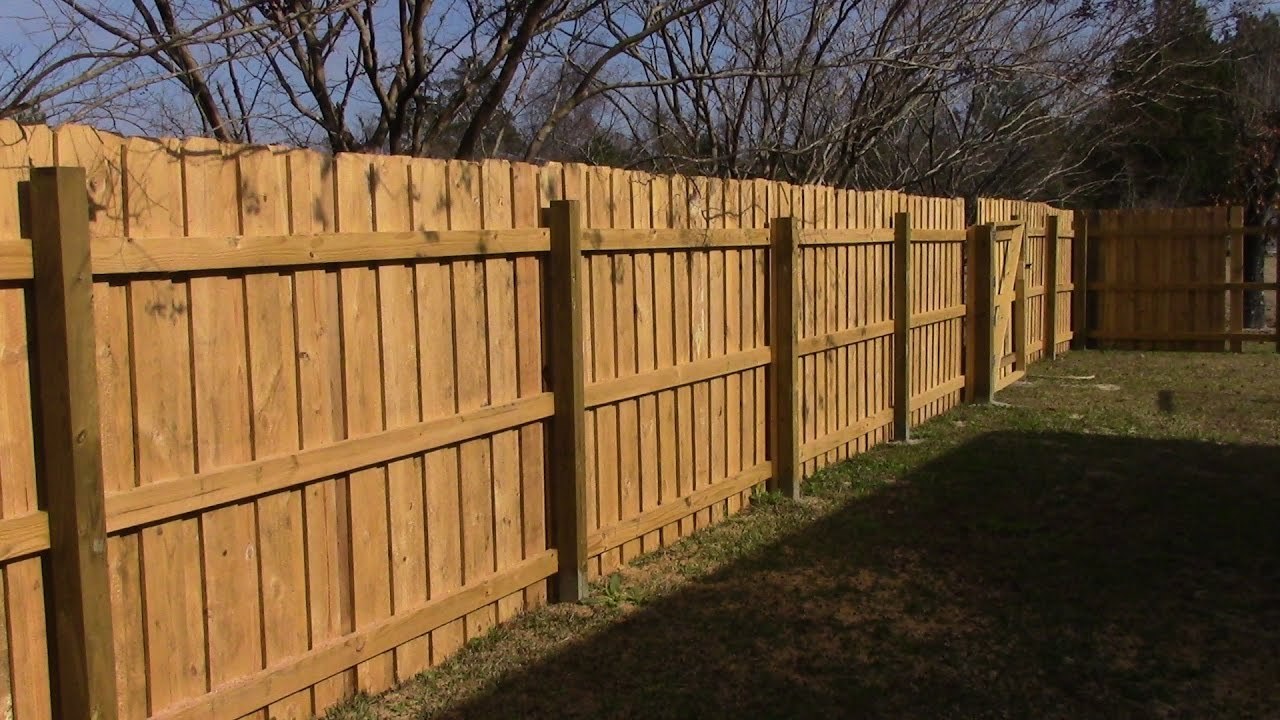
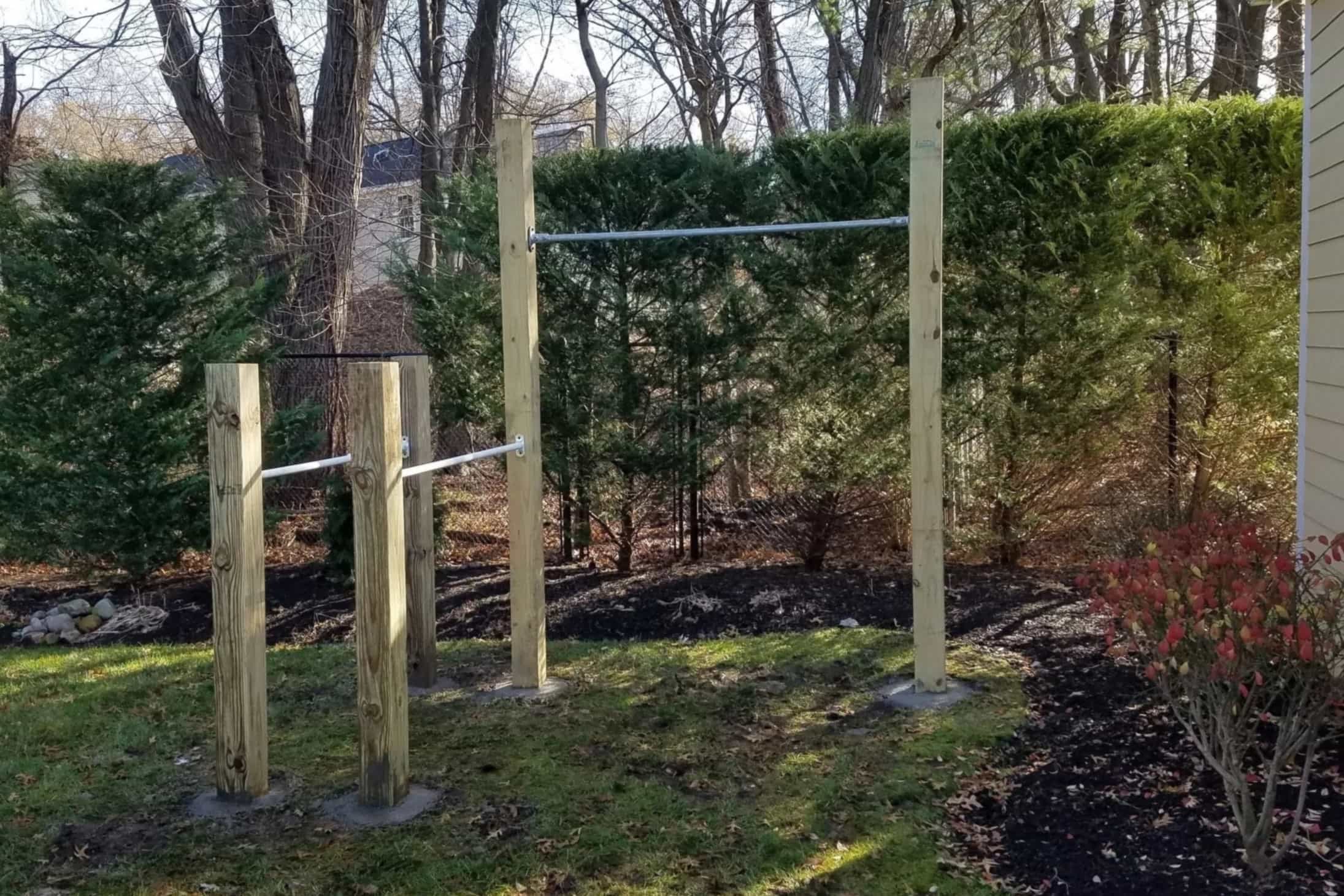
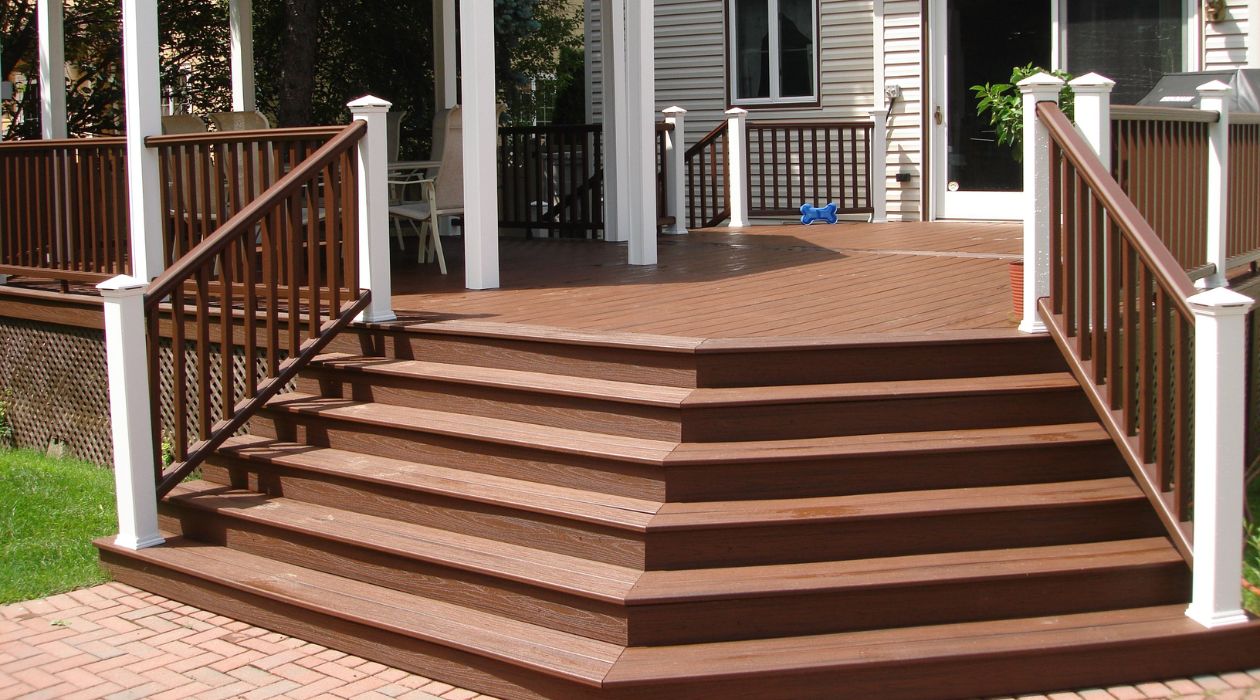

0 thoughts on “How To Build Outdoor Wooden Steps To Spruce Up Your Entry”